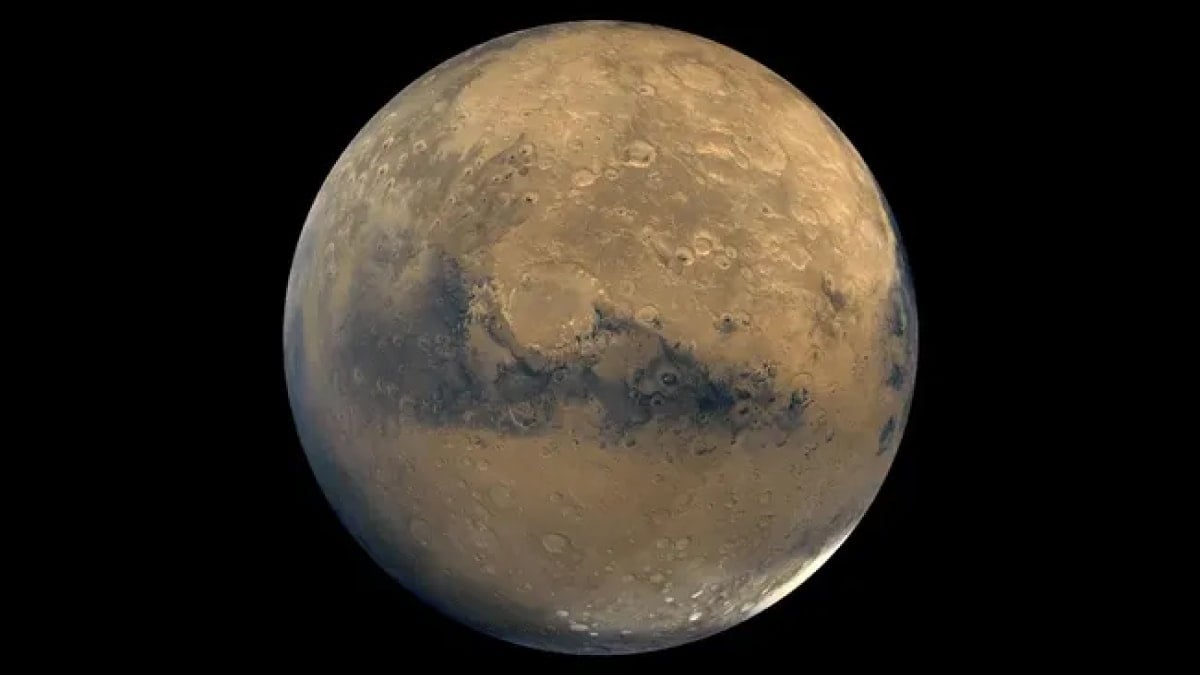China's space programme is on track to achieve a significant milestone by becoming the first to bring Martian rock samples to Earth by 2031. As per reports, the mission, named Tianwen-3, is being led by the China National Space Administration (CNSA) and aims to surpass the Mars Sample Return efforts planned by NASA and the European Space Agency (ESA), which are slated for the 2040s.
In a study published in National Science Review, researchers from China's Deep Space Exploration Laboratory and partnering institutions detailed the mission's framework. The dual-spacecraft operation includes a lander, ascent vehicle, orbiter, and return module. Addressing the International Astronautical Congress in September, Liu Jizhong, Tianwen-3's chief designer, confirmed that the launch remains scheduled for 2028, according to Space News.
Mission Overview and Objectives
The Tianwen-3 mission is designed to gather rock and sediment samples from the Martian surface, employing advanced robotics such as a helicopter and a six-legged rover to extend sampling capabilities. Zengqian Hou, a researcher at the Deep Space Exploration Laboratory and Chinese Academy of Geological Sciences, outlined in the National Science Review that 86 potential landing sites are under consideration. These sites are concentrated in Chryse Planitia and Utopia Planitia, regions identified for their promising geological history and favourable terrain for landing.
The primary focus of the mission is the search for signs of ancient Martian life. Rocks and sediments in these areas are thought to hold preserved traces of biological activity from the planet's past.
Comparison with Global Efforts
China's plans place it years ahead of NASA and ESA, whose joint Mars Sample Return mission was recently delayed. Reportedly, the current timeline indicates that NASA's lander might launch by 2035, with samples expected to return by 2040.
This initiative follows China's success with the Chang'e-6 lunar mission, which returned samples from the Moon's far side and revealed evidence of recent volcanic activity, underscoring the nation's growing capabilities in space exploration.
































